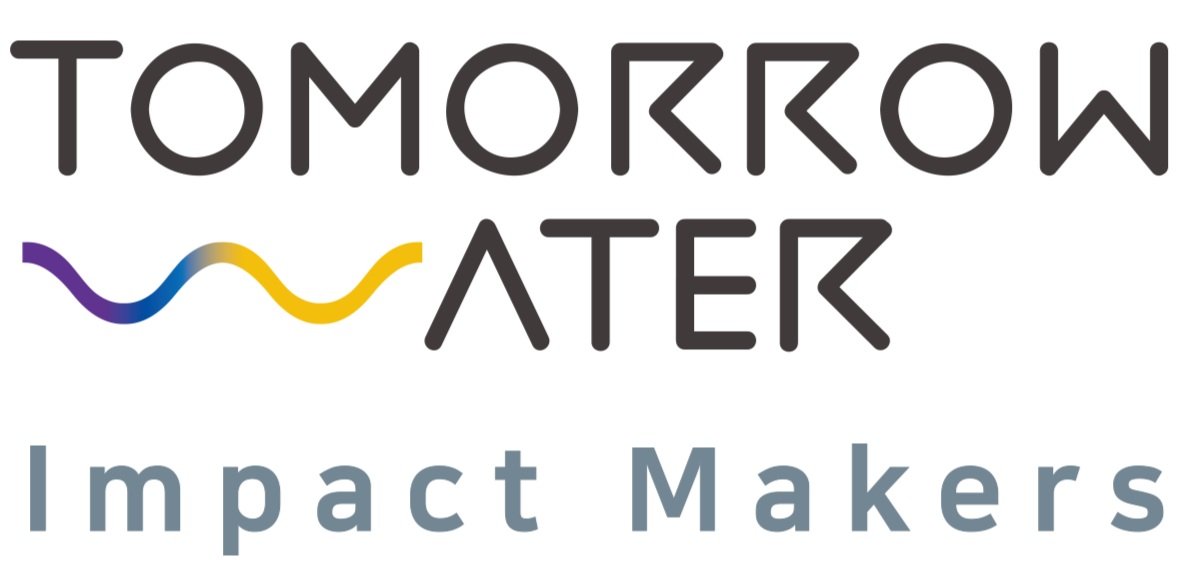Genesee County Drain Commissioner Pilot Study
Simultaneous Physical & Biological Wet Weather Flow Treatment
The Genesee County Drain Commissioner's Anthony Ragnone Treatment Plant (GCDC ARTP) served as the site for the first U.S. pilot of Tomorrow Water’s Proteus technology. The study was created with the goal of determining the impact of advanced primary filtration combined with rapid biological treatment on raw wet weather flows.
Throughout the 13-month study period, Proteus consistently demonstrated high TSS and BOD removal, proving its significant potential to treat peak flows in the face of upcoming EPA regulations.
-
In April 2018, the US EPA began new rule-making on the blending process to update wet weather regulations for wastewater treatment plants. The proposal will clarify if and when treatment plants can use blending as a means to treat peak flows.
In response to the EPA’s anticipated proposal, the Michigan Department of Environment, Great Lakes, and Energy (EGLE) requested that ARTP treat peak flows to secondary treatment equivalent before discharging into the Flint River.
Following this request, ARTP, which currently treats peak flows with primary and disinfection, conducted a pilot demonstration of two Proteus reactors to evaluate their effectiveness during extreme wet weather events and prepare for new EPA and/or Michigan state regulations regarding wastewater blending.
-
Tomorrow Water and ARTP established a joint project, which combined resources from both organizations, to determine the effectiveness of advanced primary filtration and rapid biological treatment on wet weather flows. The study consisted of two pilot-scale Proteus reactors. The first reactor, known as Proteus Primary, removed contaminants through physical filtration. The second, known as Proteus+, treated flows using both physical filtration and biological treatment.
Each reactor was operated over a range of hydraulic and influent water quality conditions over a 13-month period. Phase I was conducted from May-December of 2019 and mixed screened primary influent with secondary effluent to simulate diluted wet weather flows. Additionally, the wastewater was mixed with primary sludge to simulate “first flush” conditions. Phase II was conducted from January-June of 2020; during this phase, the reactors were fed primary effluent with average TSS concentrations of 76 mg/L and cBOD5 concentrations of 64 mg/L. In May 2020, the pilot experienced a real, wet weather event.
-
Throughout the 13-month study, the system achieved secondary effluent standards with wastewater spending as little as 15 minutes in contact with the filter bed. Proteus+ removed 84% of suspended solids and 81% BOD from plant influent on average. Additionally, chemical oxygen demand (COD), which indicates the presence of microbial populations like fecal coliforms, was reduced by 79%, along with an 88% reduction in chlorine demand.
Professor Glen Daigger of University of Michigan served as the third-party evaluator of the pilot study. He said, “The ARTP pilot study has reasonably established the applicability of Proteus technology for upgraded wet weather treatment at the ARTP.” He validated the results of the study and Proteus as an effective WWF treatment option saying,


